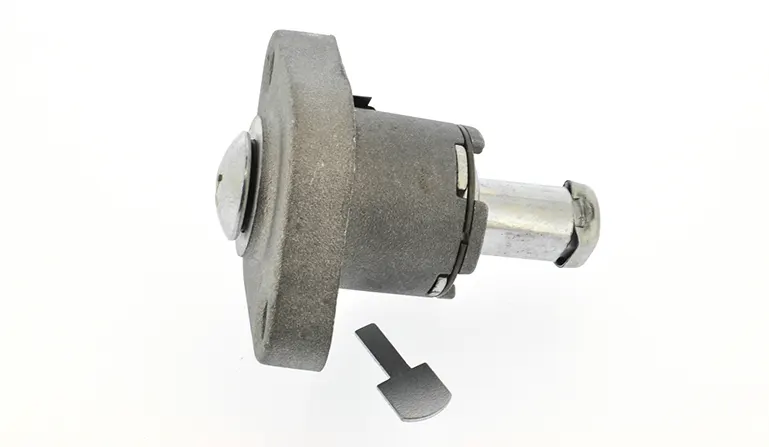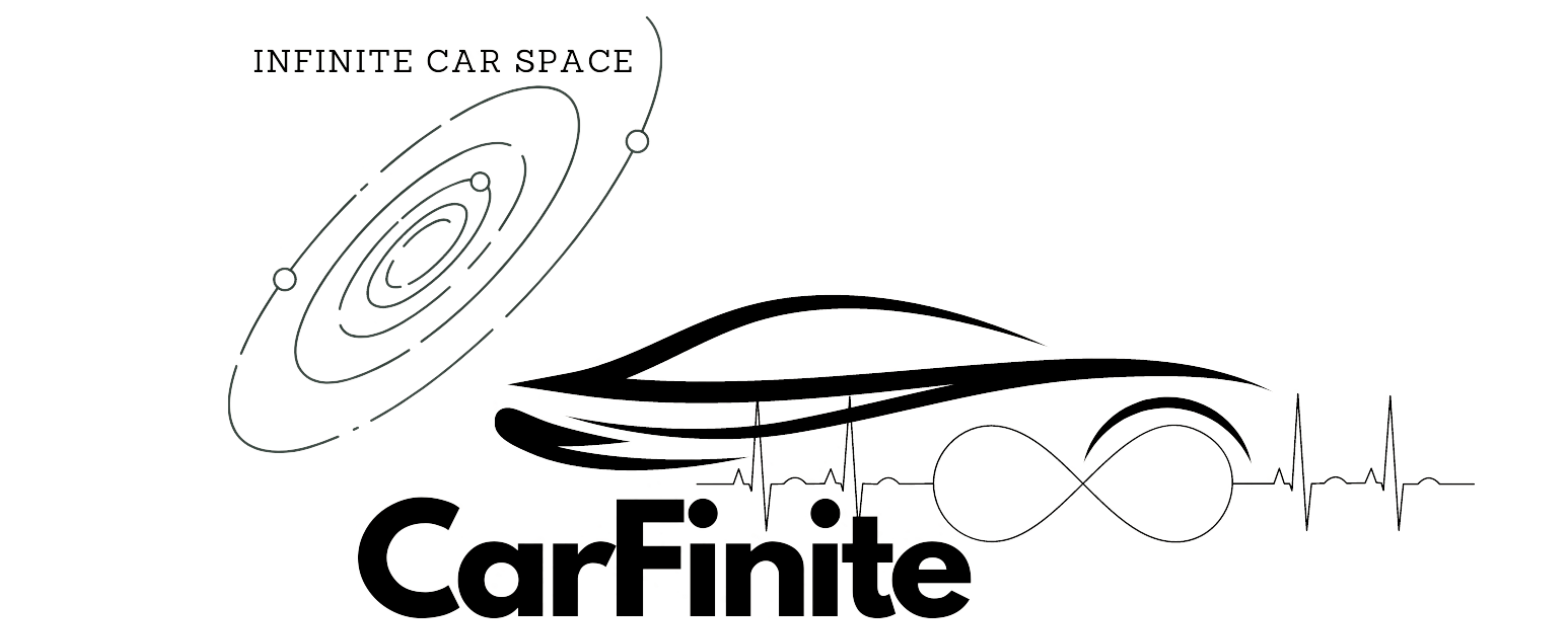When it comes to the performance and durability of your engine, nothing is more important than having well-maintained engine lifters and pushrods.
These vital components help ensure that your vehicle’s pistons are able to move up and down in a smooth, efficient way, which helps you get the most out of your engine over its lifetime. But what exactly do they do? And how can you make sure they’re always in top condition?
Keep reading to find out!
What are engine lifters?
Engine lifters, also known as tappets, are components in an internal combustion engine’s valve train system that are responsible for opening and closing the engine’s valves.
They are located between the camshaft and the pushrods or rocker arms. Lifters ride on the camshaft and lift the push rods. Engine lifters consist of two main parts: the body and the plunger.
The body is usually made of steel or aluminum, while the plunger is made of a material that compresses and expands, such as foam or hydraulic fluid.
When the camshaft rotates, it pushes on the plunger of the lifter, causing it to compress. This compression creates pressure in the hydraulic fluid inside the lifter, which then pushes on the pushrod or rocker arm, opening the engine’s valves. The valve then closes as the lifter decompresses.

What are the types of lifters?
There are two types of lifters, mechanical lifters and hydraulic lifters.
1. Mechanical Lifters
Mechanical lifters fall into two categories. Solid lifters and roller lifters.
- A solid lifter is made of a solid rod of hardened steel. When the cam roates it either presses down on the cylinder or allows it to rise.
- Roller lifters are designed to overcome the sound generates by solid lifters.
2. Hydraulic Lifters
Hydraulic car lifters, also known as hydraulic valve lifters or hydraulic tappets, are components in an engine that help maintain proper valve clearance.
They are small cylinders that sit between the engine’s camshaft and the valve train, and are responsible for opening and closing the engine’s intake and exhaust valves.
Hydraulic lifters use engine oil pressure to automatically adjust the clearance between the valve train components.
This eliminates the need for manual adjustment and ensures that the valves operate at the correct clearance for optimal engine performance. The hydraulic lifter also reduces valve train noise and wear, and helps to extend the life of the engine.
How many lifters are in an engine?
The number of lifters in an engine, which are crucial for controlling the valve operations, can depend on several factors:
- Engine Type:
- Different engines, like V6, V8, or inline-4, have different numbers of cylinders and valves, affecting the number of lifters.
- Valves per Cylinder:
- Engines can have different numbers of valves per cylinder, commonly 2, 3, 4, or even 5. The number of lifters is usually related to the number of valves.
- Engine Design:
- Some engines use a single camshaft (OHV design), while others might use dual camshafts (OHC design), which can also influence the number of lifters.
Here’s a simple way to estimate:
- If an engine has one intake and one exhaust valve per cylinder (2-valve), and it’s an OHV design, it will typically have one lifter per valve, meaning 2 lifters per cylinder.
- If it’s an OHC design with 4 valves per cylinder, it will typically have 4 lifters per cylinder.
So, for example:
- A V8 engine with an OHV design and 2 valves per cylinder would typically have 16 lifters (2 per cylinder).
- An inline-4 engine with an OHC design and 4 valves per cylinder would also typically have 16 lifters (4 per cylinder).
Always refer to the specific engine manual or guide for exact numbers as variations can exist based on the manufacturer and specific engine models.
What are Engine Pushrods?
The role of pushrods in the valve train system is to transmit the motion of the camshaft, as transferred by the lifters, to the rocker arms. The rocker arms, in turn, use this motion to open and close the valves, which allows the engine to inhale air and fuel and exhale exhaust gases.
Engine Design & the Use of Lifters and Pushrods
The use of lifters and pushrods in engine design varies depending on the type of engine. Some engine designs, such as V8 engines, use lifters and pushrods in their valve train system, while other engine designs eliminate the use of these components.
Common Engine Designs that Use Lifters and Pushrods
V8 engines are a common engine design that use lifters and pushrods. In a V8 engine, there are eight cylinders arranged in a V-shape, and each cylinder has its own lifter and pushrod.
The lifters and pushrods work together to transfer the motion of the camshaft to the valves, allowing the engine to inhale air and fuel and exhale exhaust gases.
Engine Designs that Eliminate the Use of Lifters and Pushrods
Some engine designs, such as overhead cam (OHC) engines, eliminate the use of lifters and pushrods by placing the camshaft directly above the valves. In these engines, the camshaft operates the valves directly, eliminating the need for lifters and pushrods.
Pros and cons of Different Engine Designs
| Engine Design | Advantages | Disadvantages |
| Lifters and pushrods (e.g. V8 engines) | Simpler and more compact, making them easier to service and repair | More prone to issues with lifters and pushrods, which can affect engine performance and durability |
| Overhead cam (OHC) engines | Improved engine performance and efficiency | More complex and difficult to service and repair |
What happens if a lifter or pushrod fails in an engine?
A failed pushrod or lifter will indicate the following symptoms.
- Inconsistent valve timing: If a lifter fails, the valve it operates becomes misaligned with the camshaft. As a result, the valving timing will become inconsistent.
- Engine noise: A ticking or knocking sound is an indication of a failed lifter or pushrod. This noise will be apparent when the engine runs at idle or low speeds.
- Engine damage: In severe cases, a failed lifter can cause engine damage.
- Reduced engine performance: A failed lifter can also cause a decrease in engine performance, as the engine is unable to properly inhale air and fuel, and exhale exhaust gases.
Top 10 reasons for failures in the lifters
To ensure proper lifter and pushrod operation, it is important to follow recommended maintenance procedures and regularly inspect the valve train system for signs of wear or damage. This may include checking the lifters and pushrods for proper alignment, ensuring they are lubricated, and replacing worn or damaged components.
In addition, it is important to use high-quality components designed to meet your engine’s specific requirements. This includes choosing lifters and pushrods that are made of durable materials and are designed to withstand the high-stress environment of an engine.
Conclusion
In conclusion, engine lifters and pushrods are essential components for optimal performance and durability of an engine. It is important to adjust the valve lift profile properly in order to ensure maximum efficiency from your vehicle. Additionally, one should always check their engine lifters and pushrods regularly for signs of wear or damage, as this can be indicative of potential problems down the line.
Furthermore, opting for roller lifters offers a number of advantages over other types, providing smoother operation and improved longevity. Ultimately, ensuring that your engine has the correct set up with regards to its lifters and pushrods will pay off significantly in terms of performance and reliability. So take care of them now – you’ll thank yourself later!

John Smith, a Los Angeles-based car specialist and automotive writer, boasts over 20 years in the industry. With a background as a master technician and a decade-long writing stint at notable automotive publications, John now shares his expansive knowledge on CarFinite, simplifying car maintenance for readers.

